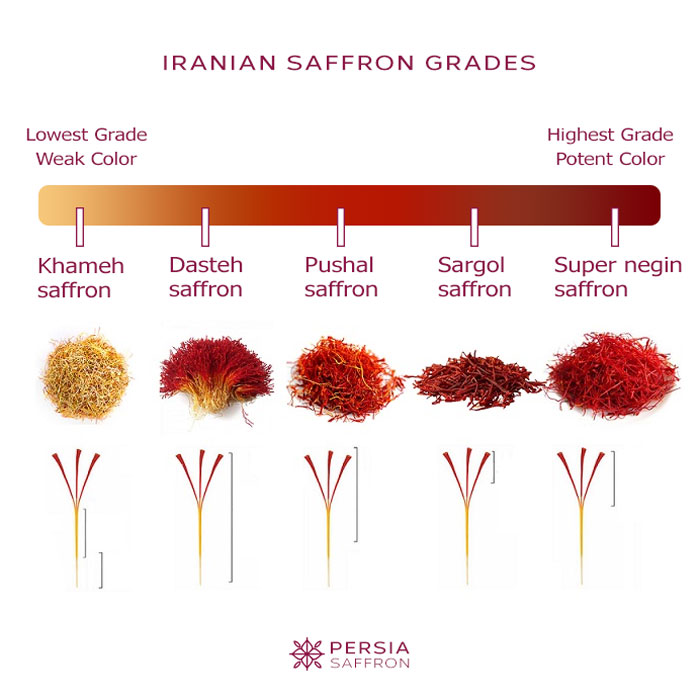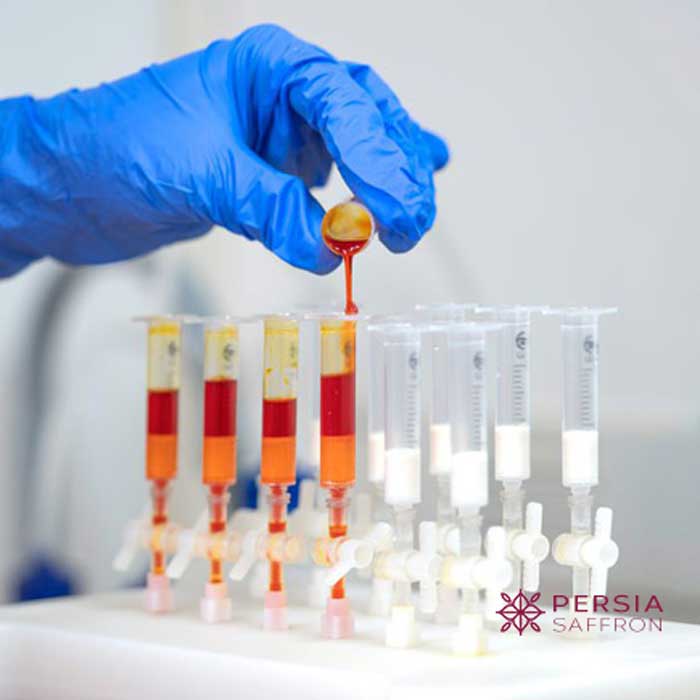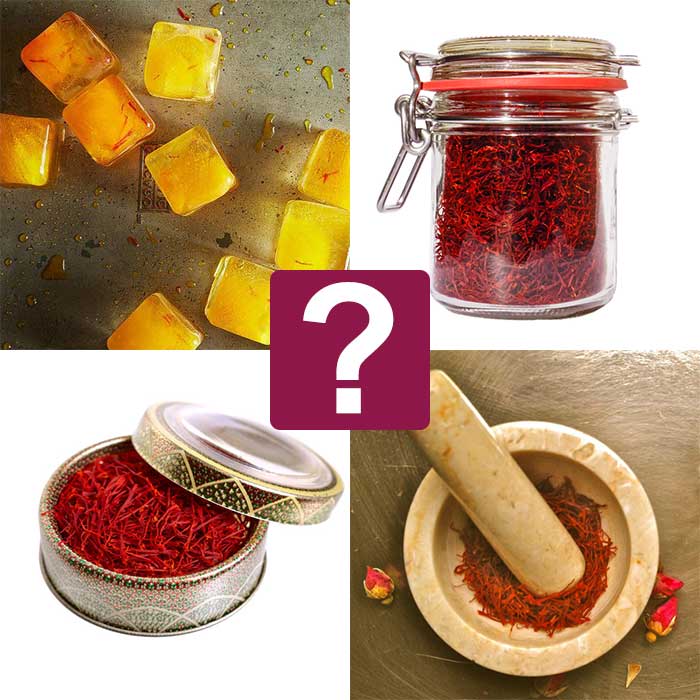In the context of Iranian saffron, value refers to the grading system used to classify saffron based on its purity and quality. The higher the value, the finer and more potent color of the saffron.
There are 5 types of Persian saffron. The most important factor for the grading system is the color of saffron. Then the structure of threads as second factor.
1-Super Negin Saffron (Highest Grade)
- Super Negin saffron is considered the highest grade of Iranian saffron. It is characterized by long, thick threads with minimal to no broken or yellow stigmas (the part of the flower that is removed).
- This type of saffron typically has the highest crocin (color), picrocrocin (flavor), and safranal (aroma) content, making it extremely potent and flavorful.
- Super Negin saffron is often preferred for culinary uses where both color and flavor are essential.
2-Sargol Saffron (2nd Grade)
- Sargol saffron consists of only the red stigma tips of the saffron flower, carefully cut and separated from the rest of the stigma.
- It is characterized by its uniformity in color and size, with all threads being similar in length and thickness.
- Sargol saffron is prized for its strong flavor and intense coloring properties, making it ideal for enhancing the taste and appearance of dishes.
3-Pushal Saffron (3rd Grade)
- Pushal saffron includes both the red stigma tips (like Sargol) and a portion of the yellow style attached to them.
- This type of saffron may have a slightly lower grade compared to Sargol due to the inclusion of the yellow style, but it still maintains excellent quality.
- Pushal saffron is often preferred for infusions and teas, as it offers a balance of flavor and aroma.
4-Dasteh Saffron (4th Grade)
- Dasteh saffron, also known as “bunch” saffron, includes the entire saffron thread along with a portion of the yellow style and sometimes even the flower’s petals.
- It is the least processed type of saffron and may contain some broken or shorter threads.
- Dasteh saffron is suitable for applications where appearance is less important.
5-Khameh Saffron or Style Saffron (5th & the last Grade)
- Style saffron refers to saffron threads that include the red stigma along with a significant portion of the yellow style.
- This type of saffron is typically lower in grade compared to Sargol or Pushal due to the higher proportion of the yellow style, which contributes less to flavor and color.
- Style saffron is often used in commercial food processing or as a more affordable option for bulk use.

How saffron grading system works?
The grading system for saffron encompasses various factors that determine the quality and purity of the spice. These factors include color, structure of threads, levels of crocin, picrocrocin, and safranal (the three main chemical components responsible for saffron’s color, flavor, and aroma, respectively), as well as processing methods.
1-color
- The color of saffron threads is one of the primary indicators of quality. High-quality saffron typically exhibits a vibrant red color, indicating a high concentration of crocin, the compound responsible for saffron’s intense hue.
- Saffron with a deep red color is often preferred over lighter shades, as it signifies superior quality and potency.
- When saffron threads are steeped in hot water or another liquid, they release their color. The released color of saffron is another important aspect of grading, as it reflects the saffron’s potency and ability to infuse the liquid with its characteristic attributes.
- High-quality saffron will yield a rich, vibrant color to the liquid, indicating a high concentration of crocin.
2-Structure of Threads:
- The structure of saffron threads refers to their physical characteristics, including length, thickness, and uniformity.
- Premium saffron varieties, such as Super Negin and Sargol, are characterized by long, thick threads with minimal breakage or fraying. These intact threads indicate careful harvesting and processing, contributing to the saffron’s overall quality.
3-Levels of Crocin, Picrocrocin, and Safranal:
- Crocin, picrocrocin, and safranal are the three main chemical components responsible for saffron’s color, flavor, and aroma, respectively.
- A higher concentration of crocin results in a more intense red color, while picrocrocin contributes to saffron’s characteristic bitter taste, and safranal imparts its aromatic fragrance.
- Grading systems often evaluate saffron based on the levels of these compounds, with higher concentrations indicating superior quality and flavor.
4-Processing Methods:
- The way saffron is harvested, dried, and processed can significantly impact its quality and grade.
- Premium saffron varieties, such as Super Negin, undergo meticulous hand-harvesting and careful drying methods to preserve their color, flavor, and aroma.



